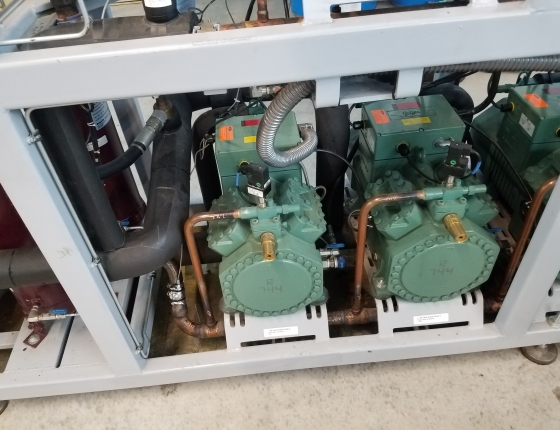This post complements our quarterly research newsletter, which features updates on CEE's research projects. Sign up to get this information in your inbox.
Report: Decarbonizing Minnesota’s Natural Gas End Uses
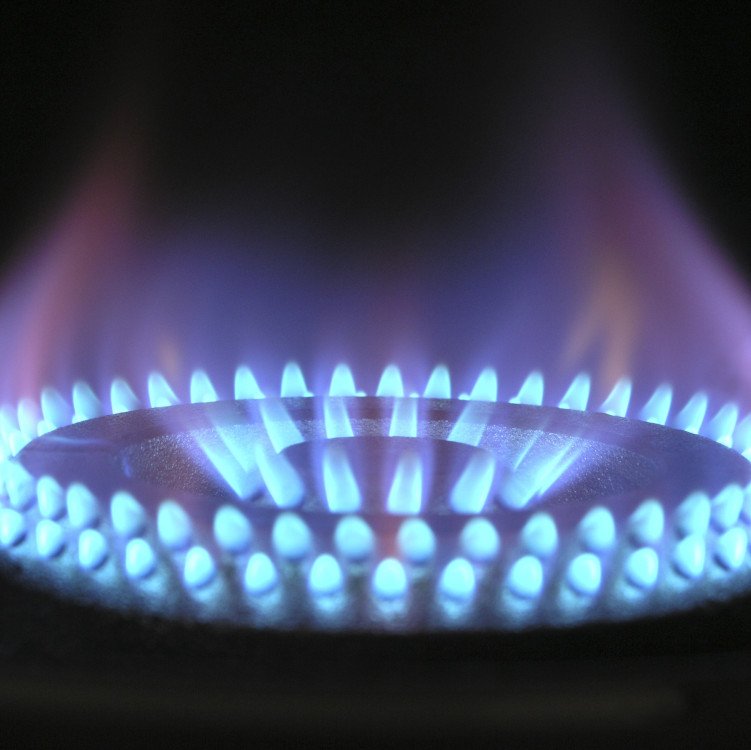 Natural gas used in homes and businesses is a major source of greenhouse gas emissions in Minnesota, and has been increasing over the last 15 years. These rising emissions threaten our ability to meet state emissions reduction goals. At the same time, natural gas is an especially important fuel in our state, providing heat for most of our buildings and fueling many of our largest businesses.
Natural gas used in homes and businesses is a major source of greenhouse gas emissions in Minnesota, and has been increasing over the last 15 years. These rising emissions threaten our ability to meet state emissions reduction goals. At the same time, natural gas is an especially important fuel in our state, providing heat for most of our buildings and fueling many of our largest businesses.
Center for Energy and Environment and Great Plains Institute released a new report on July 13, 2021, Decarbonizing Minnesota’s Natural Gas End Uses. The report summarizes an 18-month process and 25 consensus recommendations centered on decarbonizing the natural gas consumed in Minnesota’s homes and businesses. These recommendations reflect input from more than 20 key stakeholders representing natural gas and electric utilities, utility regulators, natural gas consumers, clean energy advocates, clean energy implementers, environmental advocates, consumer advocates, workforce advocates, and state and local governments.
Learn more and hear from report stakeholders in a recent press release
Control Tune-Ups of Commercial Boilers in Minnesota
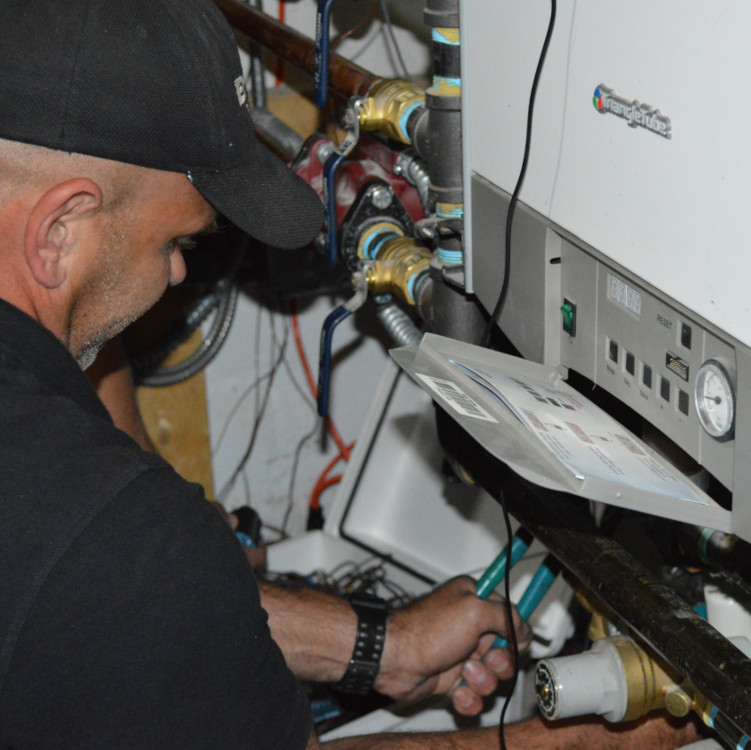 Background: Commercial boiler tune-up programs have a long history of providing portfolio savings for natural gas utilities in Minnesota through a focus on air–fuel ratio adjustments. These programs have not addressed optimization of boiler temperature and staging controls — and recent CARD-funded research suggests that condensing boiler control setting adjustments can provide substantially more savings than burner air–fuel ratio adjustments. To help Minnesota utilities capture these control optimization savings, CEE researchers developed a commercial boiler control tune-up protocol and evaluated its effectiveness in the field.
Background: Commercial boiler tune-up programs have a long history of providing portfolio savings for natural gas utilities in Minnesota through a focus on air–fuel ratio adjustments. These programs have not addressed optimization of boiler temperature and staging controls — and recent CARD-funded research suggests that condensing boiler control setting adjustments can provide substantially more savings than burner air–fuel ratio adjustments. To help Minnesota utilities capture these control optimization savings, CEE researchers developed a commercial boiler control tune-up protocol and evaluated its effectiveness in the field.
Update: Researchers have wrapped up monitoring and analysis and are preparing the final report to disseminate the project’s results. The following are some highlights of their findings:
- Boiler temperature and staging control optimization achieved an average of 6.0% savings in schools and 10.3% savings in multifamily buildings.
- Paybacks were under one year for 10 of the 17 sites.
- An average of 66% of the initial savings persisted into the second year.
The report will also include specific recommendations for utility initiatives to capture these savings. The full report is forthcoming in late summer 2021.
Learn more on the project page
This project is supported by a grant from the Minnesota Department of Commerce, Division of Energy Resources through the Conservation Applied Research and Development (CARD) program, which is funded by Minnesota ratepayers.
Optimizing the Next Generation of Grocery Refrigeration
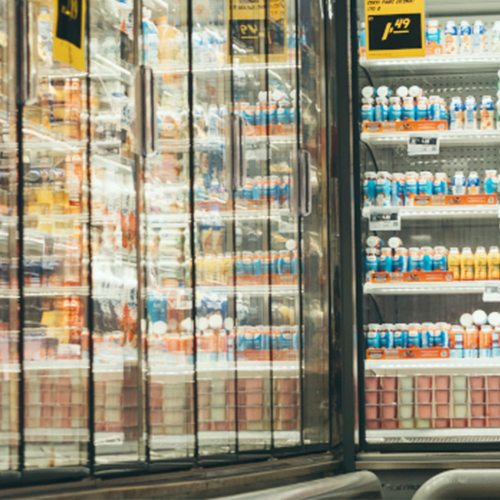 Background: Carbon dioxide (CO2) is a natural refrigerant that has minimal impact on global warming compared to the previous industry-standard refrigerants. As the grocery industry in Minnesota moves to the use of CO2 as a refrigerant, its summertime energy use is increasing. This project will field test design features that provide energy savings opportunities that are uniquely applicable to CO2 refrigeration systems. The field testing will use detailed monitoring and validated modeling of local installations. This work will allow researchers to evaluate how these features affect system performance and cost-effectiveness compared to typical CO2 system designs.
Background: Carbon dioxide (CO2) is a natural refrigerant that has minimal impact on global warming compared to the previous industry-standard refrigerants. As the grocery industry in Minnesota moves to the use of CO2 as a refrigerant, its summertime energy use is increasing. This project will field test design features that provide energy savings opportunities that are uniquely applicable to CO2 refrigeration systems. The field testing will use detailed monitoring and validated modeling of local installations. This work will allow researchers to evaluate how these features affect system performance and cost-effectiveness compared to typical CO2 system designs.
Update: Nearly all of the field test sites have been identified, with monitoring already having begun at one. Two of the three sites are existing stores, while the third will likely be a newly constructed store. All sites are starting with a baseline transcritical CO2 refrigeration system, and researchers are evaluating a different efficiency design feature at each site. The site already being monitored will help evaluate the performance and savings impacts of adiabatic gas coolers.
Learn more on the project page
This project is supported by a grant from the Minnesota Department of Commerce, Division of Energy Resources through the Conservation Applied Research and Development (CARD) program, which is funded by Minnesota ratepayers.
How Smart Do Intelligent Buildings Need to Be?
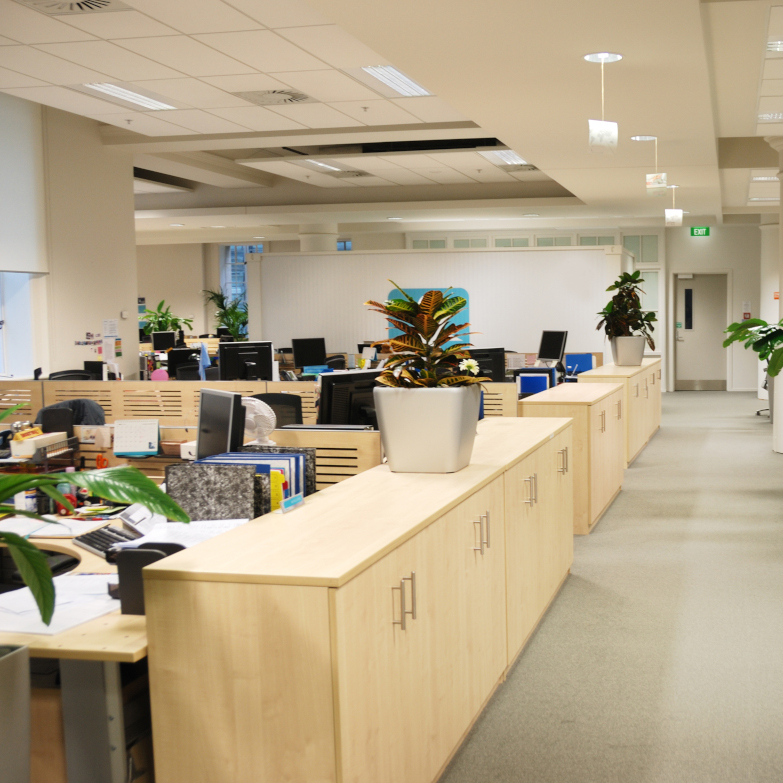 Background: Intelligent buildings promise greater energy efficiency, business productivity, and building security and safety. However, increased complexity from the supporting networking, sensors, and controls is an overlooked consequence of connected devices and systems — adding both energy load and costs. This project seeks to account for building type, space use, occupants, and operations and maintenance to provide guidance for successful implementation of intelligent building technologies. The analysis, modeling, and surveys in this project will inform and support utility programs, from networked lighting controls to grid-interactive buildings.
Background: Intelligent buildings promise greater energy efficiency, business productivity, and building security and safety. However, increased complexity from the supporting networking, sensors, and controls is an overlooked consequence of connected devices and systems — adding both energy load and costs. This project seeks to account for building type, space use, occupants, and operations and maintenance to provide guidance for successful implementation of intelligent building technologies. The analysis, modeling, and surveys in this project will inform and support utility programs, from networked lighting controls to grid-interactive buildings.
Update: Researchers have completed technology review and drafted an overview of their findings to send to the project’s technology advisory group members. The project team is also in progress on a literature review, and they have reviewed 36 papers so far to inform questions on a survey that will go out to manufacturers, designers, contractors, utilities, and technology and design research labs. In addition to the survey, the project team will conduct stakeholder interviews for further input on intelligent building technologies. Future phases of the project will also involve laboratory testing of said technologies.
Learn more on the project page
This project is supported by a grant from the Minnesota Department of Commerce, Division of Energy Resources through the Conservation Applied Research and Development (CARD) program, which is funded by Minnesota ratepayers.
